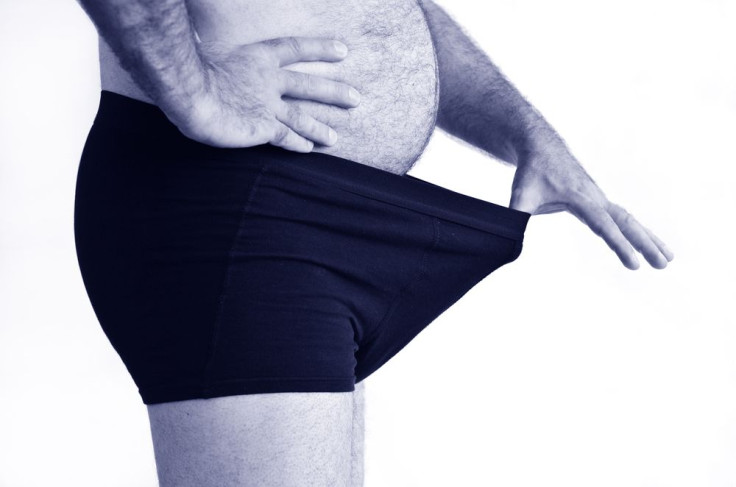Regenerative Medicine Using Liposuction Byproduct May Lead To Erectile Dysfunction Cure

Following prostate cancer treatment, many men experience erectile dysfunction for the first time. Though half will return to normal function within a year, a new animal study investigating two regenerative medicine techniques offers hope to those whose dysfunction does not resolve by itself. An injection in the base of the penis of a byproduct of liposuction — uncultured stromal vascular fraction — proved equally effective as stem cells in treating erection difficulties arising from nerve injury.
The cavernous nerves, which run from the pelvis to join with other nerves in the penis, facilitate erection. Often during a radical prostatectomy or radiation therapy for prostate cancer these nerves will be injured. Past animal studies have found regenerative medicine in the form of an injection of adipose-derived stem cells (ADSCs) at the site of cavernous nerve injury can facilitate nerve regeneration and so recovery of erectile function.
ADSCs are harvested from fat using liposuction and, with the increased incidence of obesity in the United States, they are quite simply abundant. However, cultured ADSCs have more than a few drawbacks, including a potential for contamination, a tendency to sometimes form tumors, and expense involved in culturing them. For these reasons, uncultured stromal vascular fraction or SVF has emerged as an easier and safer way to use cells derived from adipose tissue through liposuction.
The current study, then, is a simple side-by-side comparison of the two different liposuction-derived cells for treating erectile dysfunction. The researchers tested the cells using 40 rats. Divided into three groups, the researchers injected one group with cultured ADSCs; one with uncultured SVF; and the control group received no stem cells. Four weeks later, both sources of stem cells had significantly improved the animals’ erection function over the control group. Also, both stem cell types significantly increased the number of some nerve fibers, suggesting they stimulated nerve regeneration.
Dr. Choung-Soo Kim, of the Asan Medical Center and University of Ulsan College of Medicine in Seoul, Korea and leader of the study, noted that the uncultured cells outperformed the cultured stem cells in terms of smooth muscle/collagen ratio and endothelial cell content in the blood vessels, which are important factors in repairing erectile dysfunction. The results of this study represent another step forward for regenerative medicine, which seeks the full healing of damaged tissues, nerves, or organs.
Source: You D, Jang MJ, Kim BH, et al. Comparative Study of Autologous Stromal Vascular Fraction and Adipose-Derived Stem Cells for Erectile Function Recovery in a Rat Model of Cavernous Nerve Injury. STEM CELLS Translational Medicine. 2015.
Published by Medicaldaily.com



























